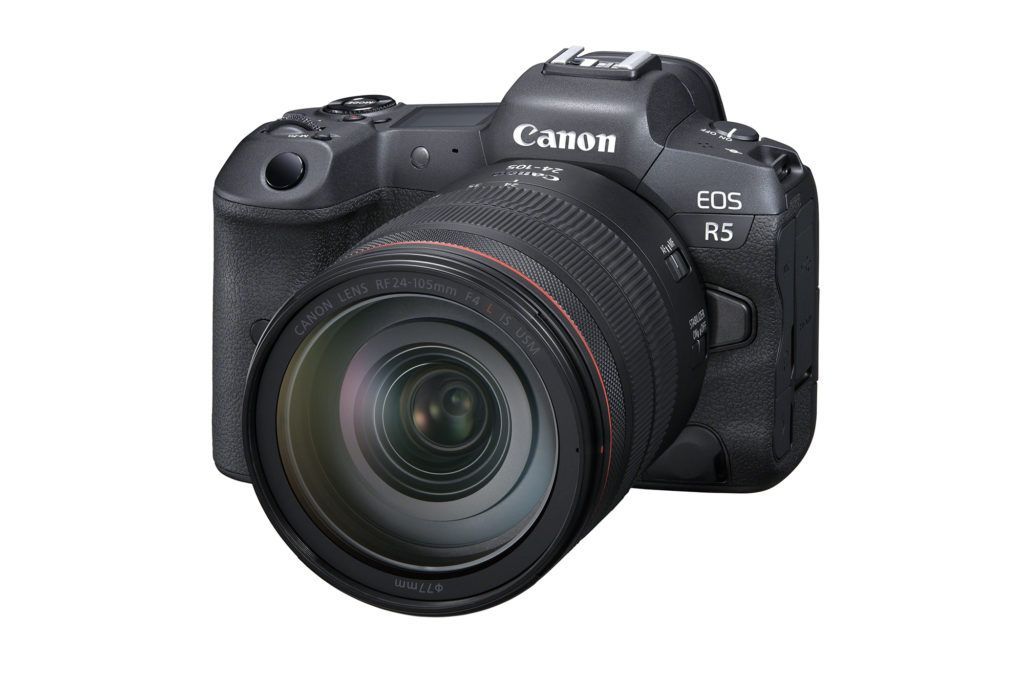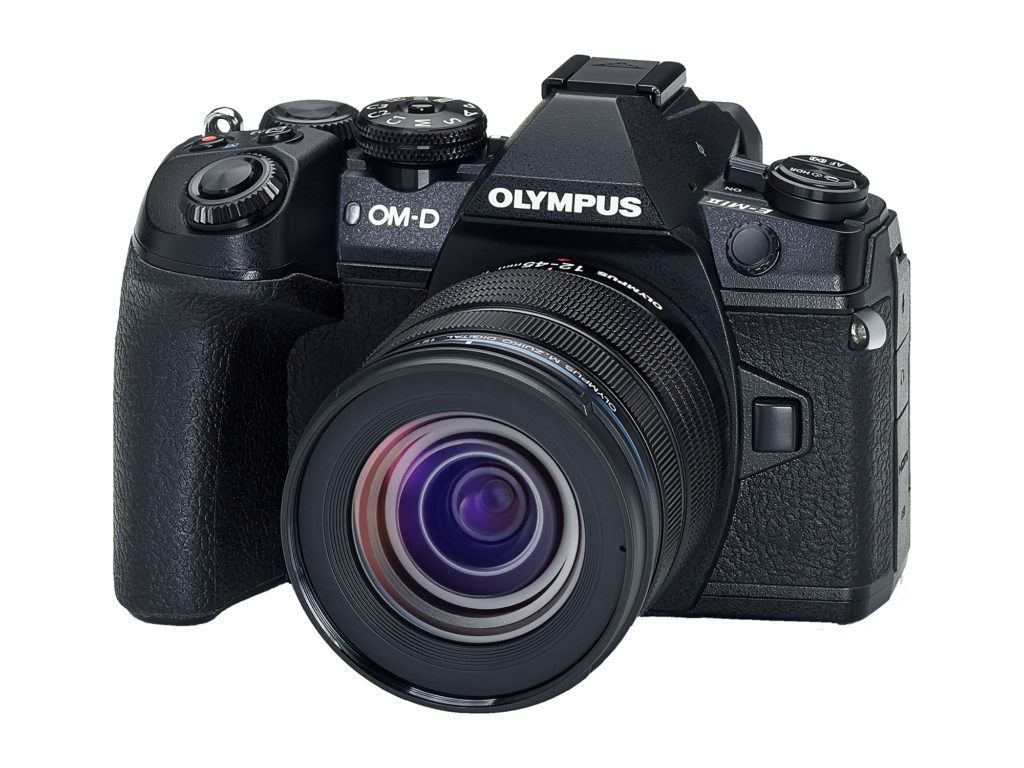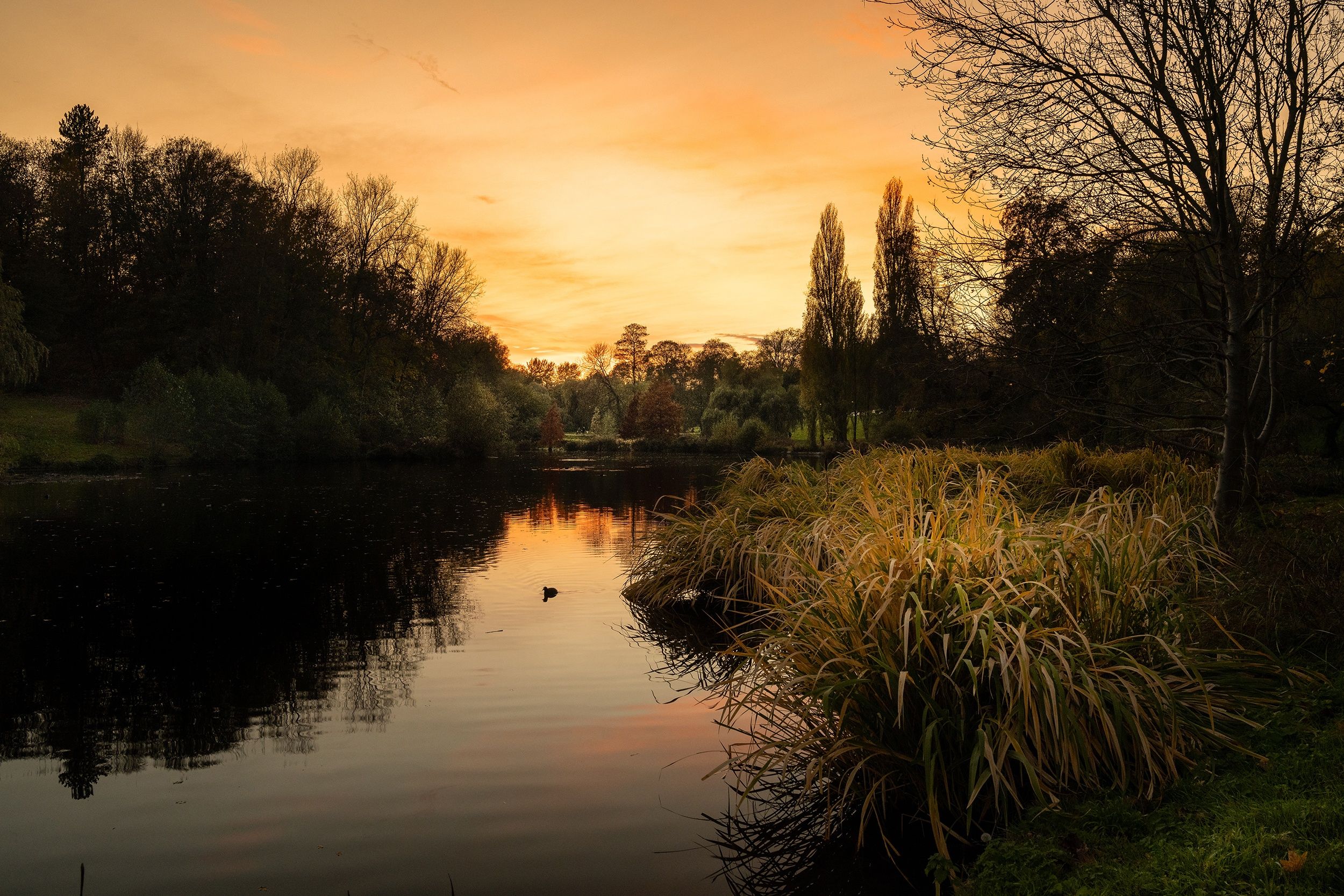Unless you’ve been living under a rock for the last few years, you are likely to have heard the term ‘mirrorless’ bandied around. For years, the only choice for those serious about their photography was a DSLR camera, but nowadays there’s the choice of mirrorless cameras to consider as well.
In this guide, I’m going to look at the question of whether you should consider buying a mirrorless camera and discuss the pros and cons of these cameras. This is also a personal question for me, as I’m currently thinking of moving from a DSLR system to mirrorless and have been testing various models extensively.
Here’s what we’ll cover:
- What is a mirrorless camera and how does it differ from a DSLR?
- The different mirrorless cameras on the market.
- The pros and cons of mirrorless cameras.
- Personal thoughts on the mirrorless system.
Recommended Reading: Want to expand your shooting skills and master photography? Grab our set of 65 beautifully designed and printable Action Cards that will give you over 200 photography assignments to help you take your photography to the next level. Check it out here.
What Is a Mirrorless Camera and How Does It Differ From a DSLR?
To understand a mirrorless camera, it’s easiest to first look at how a DSLR works. DSLR stands for Digital Single Lens Reflex and works in the same way that 35mm film cameras did. Light passes through the lens and hits a mirror angled at 45 degrees, which sends the light into your viewfinder. When you put your eye to the viewfinder, you’ll see precisely what the lens is seeing at that moment. When you press the shutter, the mirror moves out of the way to reveal the image sensor behind it (it’s this that gives you the distinctive noise of the shutter!).

Canon’s flagship mirrorless camera, the EOS R5, will easily compete with the top DSLRs. Photograph courtesy of Canon UK
Key Lesson: It probably won’t be a surprise to you to learn that mirrorless cameras don’t have a mirror! Instead, light passes through the lens and straight onto the sensor. It’s then processed and displayed on the LCD screen or electronic viewfinder (EVF) on the top of the camera. So, when you press the shutter the camera will record what it’s seeing on the sensor at that moment. Of course, with no mirror, there is no optical viewfinder. And because of these two factors, mirrorless cameras can often be a lot smaller and lighter than their DSLR counterparts.
The Different Mirrorless Cameras on the Market
Mirrorless is a growing market, and it would be somewhat space-consuming to list every current model on the market! But I will give you an overview of what the major manufacturers are producing at the moment and discuss the different formats available.

The Olympus OMD E-M1 Mark III has a micro 4/3rds sensor but produces images that defy the smaller sensor size. Photograph courtesy of Olympus UK
Firstly, formats. Modern mirrorless cameras cover the full gamut. There are full-frame, APS-C, and micro 4/3rds options on the market with a huge range of features and price tags to match. There are also medium format options, with a seriously hefty price tag!
Not surprisingly, the big boys of Canon and Nikon have branched out into mirrorless cameras, whilst also maintaining their impressive DSLR ranges. Both manufacturers make a range of full-frame and APS-C mirrorless cameras and also offer adapters so that you can use their huge range of lenses with the mirrorless options. They are also adding all the time to their range of lenses that are specifically for mirrorless cameras. This all means that, if you’re an existing Canon or Nikon user and decide to switch to one of their mirrorless cameras, you’ll still be able to use your existing lenses. The top-of-the-range offerings are quite astonishing. The Canon EOS R5 offers 45mp and 8k video, whilst the Nikon Z7 (and soon-to-be-released Z7 II) has 45.7mp and 4k video. Both cameras offer astonishingly accurate autofocus systems and, for many pros, they will be no-brainers to switch over to. I would say that Canon and Nikon’s full-frame ranges are well worth considering, particularly if you want to keep using existing lenses and aren’t so concerned about saving weight.
Both manufacturers make a range of full-frame and APS-C mirrorless cameras and also offer adapters so that you can use their huge range of lenses with the mirrorless options.
Sony were early adapters of the mirrorless system and again offer full-frame and APS-C options. If you’re looking for small bodies, but still want full-frame, then Sony is the obvious choice. Their A9 and A7 ranges are ridiculously tiny! But the pro lenses aren’t as small, so they will add weight. The dynamic range on Sony cameras is ridiculous and their extensive range offers a huge number of options to suit all styles of photographers.

I recently tested the Olympus OMD E-M1 Mark III and was amazed by the clarity of the images. This was shot at 1/60th of a second, f4.5, and ISO 3200 but noise is minimal. Photograph by Jo Plumridge
Fuji and Olympus mirrorless cameras hark back to a retro film style of camera, which a lot of older photographers (like myself!) will find strangely comforting. Fuji X cameras are all APS-C and the accompanying lenses are minute, making a well-balanced kit that feels good in the hand. Those who shot on film will adore the film simulation settings, complete with the old favorites of Velvia and Provia! Olympus’ OMD E-M range obviously harks back to their adored OMD film cameras. The cameras are micro 4/3rds sensors but perform astonishingly well against far higher spec-ed cameras. The Pro lenses are absurdly sharp and the cameras themselves are really fun to use.
Panasonic is the other major mirrorless manufacturer and their Lumix range offers both full-frame and micro 4/3rds options. Again, these cameras are well balanced, with a great range of proprietary lenses to accompany them. However, whilst their 4/3rds G range is minute, some of their full-frame options are larger and heavier than DSLR options!
Pros and Cons of Mirrorless Cameras
- Size and Weight – Whilst it’s true that, in general, mirrorless camera bodies are smaller and lighter than DSLRs, this doesn’t tell the whole story. Proprietary APS-C and micro 4/3rds systems are certainly lighter and smaller, as are the Sony full-frame cameras. But in many cases, many of the lenses won’t be particularly light, particularly if you’re looking for a pro-level kit. The full-frame options from Canon and Nikon are certainly fractionally smaller and lighter than their DSLR equivalents, but this gain tends to be lost once you’ve added on the lenses. If size and weight are your main concern, you’re going to be looking at the micro 4/3rds cameras to take full advantage of a smaller system.
- Autofocus – DSLRs have been the leaders in autofocusing for many years, with their ‘phase detection’ modules mounted below the mirror in the camera. Autofocus on all modern DSLRs – from entry-level to pro – is extremely fast and accurate and undoubtedly still better at tracking moving subjects. But mirrorless autofocusing is catching up. Part of the problem is that all mirrorless cameras have to use sensor-based autofocus, as there isn’t any mirror for traditional phase-detection focusing. However, more advanced and newer mirrorless cameras use a hybrid AF system that combines contrast-detect focusing with phase-detect AF from the camera’s sensor. Mirrorless cameras are now producing impressive autofocus systems that are fast and accurate. I still feel that DSLRs have the edge on moving subjects and focusing in low light, though.

Modern mirrorless cameras can easily cope with complex and challenging lighting conditions. Photograph by Jonny Gios
- Battery Life – This is one area where mirrorless cameras still have a long way to go to compete with DSLRs. Even an entry-level DSLR will give you an average of 600-800 shots from one battery cycle (and over 2000 on pro models), whereas mirrorless cameras typically offer around 300-400 shots. Why is this? Well, DSLR batteries are usually larger, which means they can pack in more power. And mirrorless cameras have to power the LCD display and an EVF, which can drain a battery faster. If you’re buying a mirrorless camera, you definitely need to invest in several batteries!
- Lenses – I’ve gone into some detail about lenses in the above section, but suffice to say that DSLR cameras have the edge on lenses. Canon and Nikon have just about every optic you can think of and Pentax also produces a large range of lenses. Also, there are lots of third-party manufacturers making lenses for DSLRs. But mirrorless lens ranges are increasing all the time and the available lenses have had a lot of thought put into them. Obviously, if you’re shooting Canon or Nikon mirrorless, you can use an adapter to have access to the whole lens range. But other mirrorless camera manufacturers have some extremely impressive lenses with plenty of focal lengths covered.
- Viewfinders – Every DSLR comes with an optical viewfinder, but some entry-level mirrorless cameras don’t have viewfinders at all, meaning you have to rely on the LCD screen (which can be an issue in bright light). Mirrorless cameras use an electronic viewfinder, which displays the image directly from the sensor readout. I still feel that there is a minute lag with an EVF, but you get so much information displayed and they simulate the digital image your camera will capture. They take a little getting used to, but once you do, you’ll find that they actually make life considerably easier!
- Continuous Shooting – Even the best DSLRs can’t match the speeds of mirrorless cameras. Many mirrorless cameras are pushing into 4k video as standard, meaning that they’ve got some hefty processing power behind them, which helps continuous shooting. Obviously, you don’t need ridiculous burst shooting speeds as you’re going to fill up a memory card in seconds, and no one needs that many shots! But having 20fps, for example, at your disposal certainly opens up a lot of options.
Recommended Reading: Want to expand your shooting skills and master photography? Grab our set of 65 beautifully designed and printable Action Cards that will give you over 200 photography assignments to help you take your photography to the next level. Check it out here.
Personal Thoughts on the Mirrorless System
For the past few months, I have been testing out a range of mirrorless cameras looking for a potential replacement for my Canon EOS 5D Mk III. My situation is slightly different, though, in that I have developed some mobility issues and can no longer cope with the weight of my DSLR and heavy pro lenses. I’ve tested various mirrorless cameras over the years, but it’s only recently that I’ve felt they’ve become viable alternatives to DSLRs.

Mirrorless cameras now have advanced autofocus systems, which are more than capable of focusing on smaller details. Photograph by Alina Fedorchenko
Early mirrorless cameras suffered from terrible lag and focusing wasn’t always particularly spot-on. As evidenced by this guide, it’s easy to see that these things are no longer a problem. Today’s mirrorless cameras are great! They do take some getting used to. For those of us used to optical viewfinders, the EVF feels a little ‘odd’ to begin with and, as an old school film photographer, I’m not sure I’ll ever quite get used to the slightly artificial feel. But there’s no doubt that the EVF makes life easier!
Today’s mirrorless cameras are great! They do take some getting used to.
Autofocus on the mirrorless cameras I tested was universally good; although, I still think that mirrorless cameras aren’t quite as good at focusing in low light as DSLRs. Is this something that’s going to be an issue for most people? Probably not, as the EVF allows users to see the result they’re likely to get and makes it easier to work around focusing issues. One area where I did feel that the mirrorless cameras lagged was focusing on fast-moving subjects. AF tracking simply isn’t as good as on a DSLR. It’s not bad, per se, but it’s certainly a consideration if you’re shooting a lot of sports, for example.
Overall, I was highly impressed with many of the cameras I tested and as a portrait photographer primarily, I’d be happy to shoot mirrorless. In fact, I am currently in the process of switching over to a mirrorless system.
Conclusion

So, should you consider investing in a mirrorless system? I think mirrorless is undoubtedly the future of digital photography and we will see more and more mirrorless options being produced. As to whether you should buy one, this is always going to be a very personal decision. But reading this guide should allow you to make a balanced decision and help you decide if a mirrorless camera is right for you.
Self-Check Quiz:
- What does ‘mirrorless’ mean?
- What are the different formats of mirrorless cameras?
- How does autofocus work on mirrorless cameras?
- What sort of viewfinder does a mirrorless camera have?
- How many shots will an average mirrorless camera battery give you?
With thanks to Sophie and Ian from mpb.com for their help and advice, and loan of kit.














